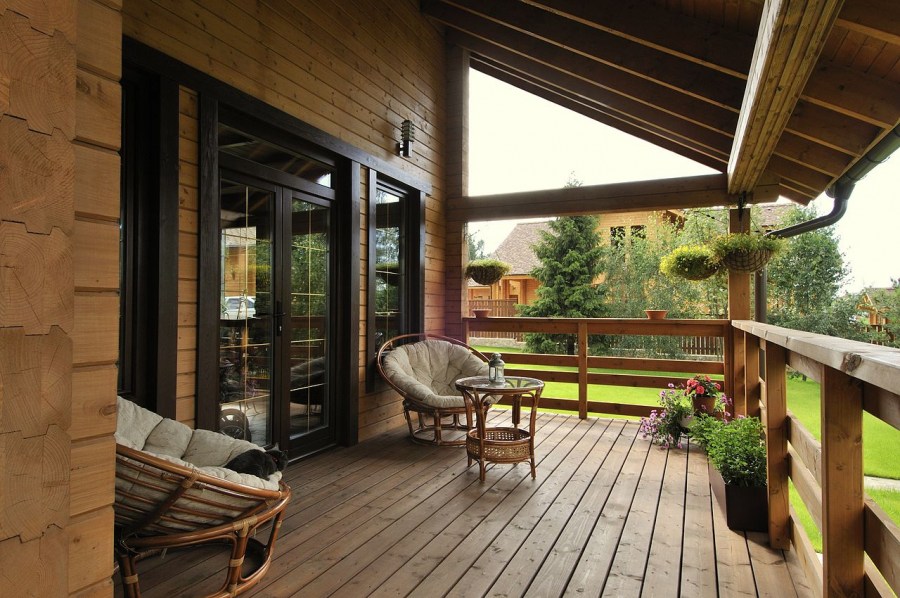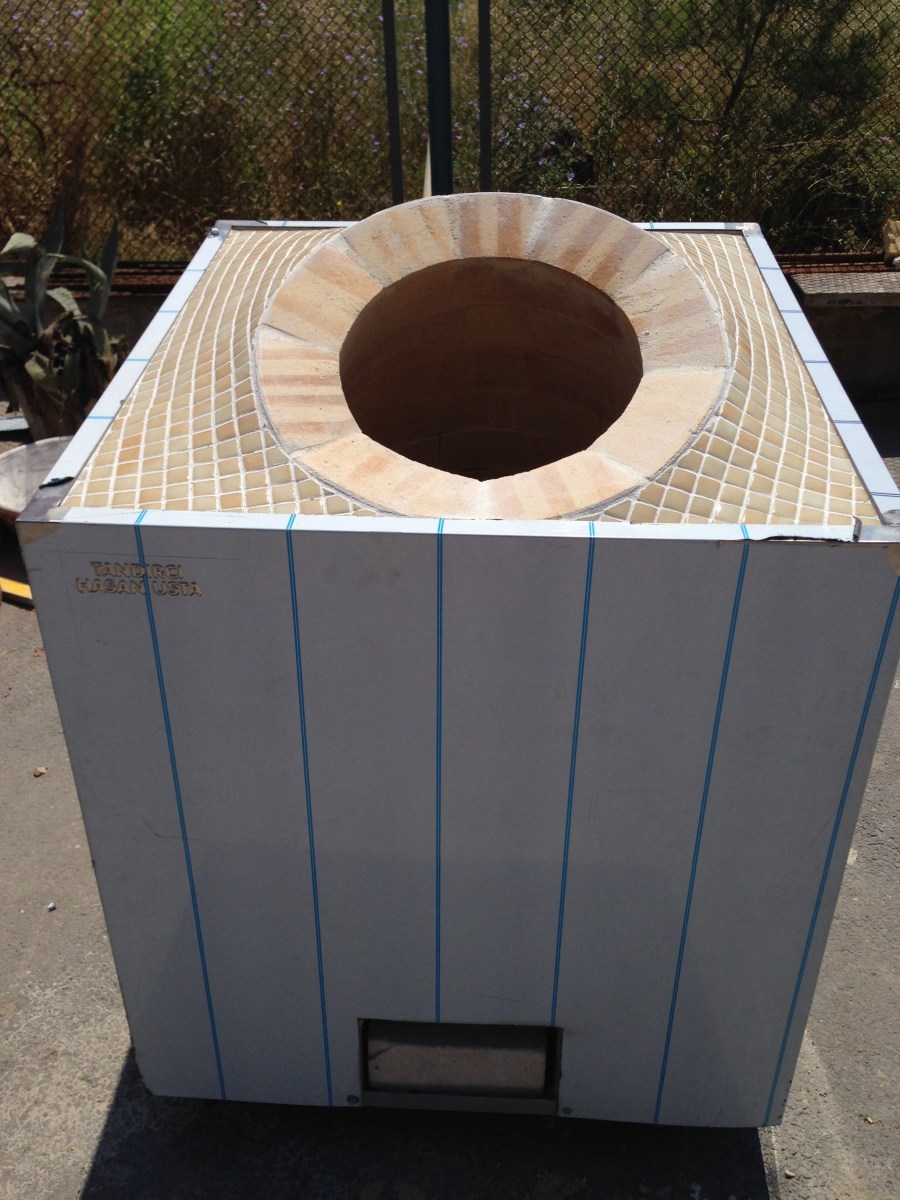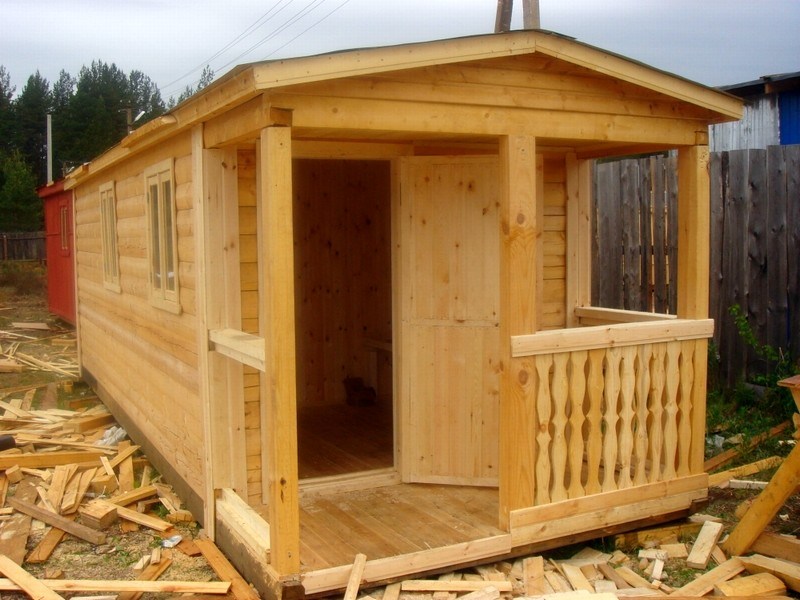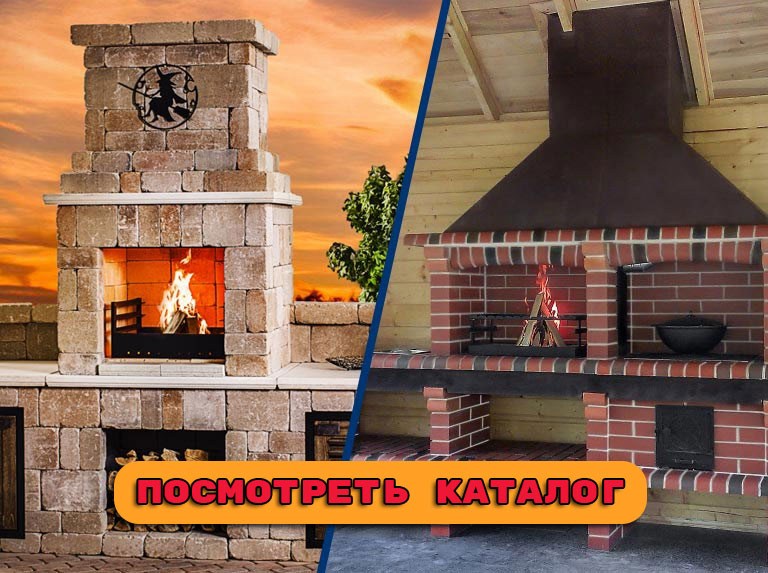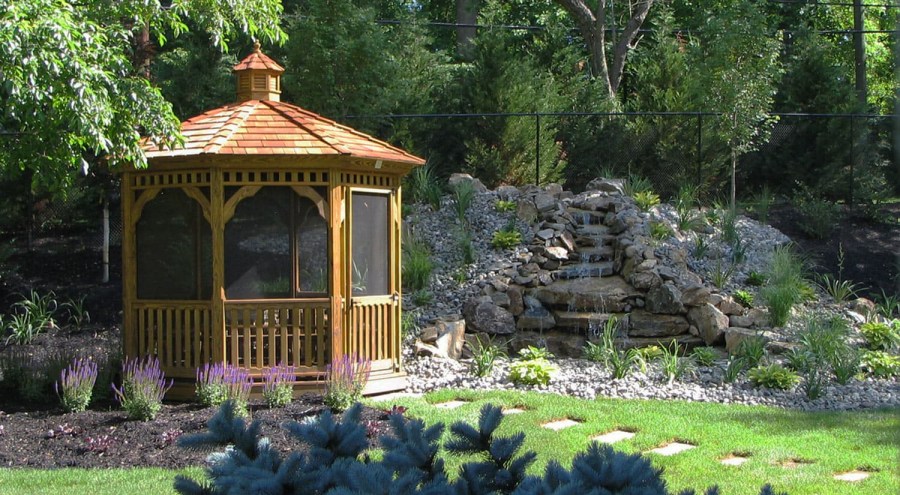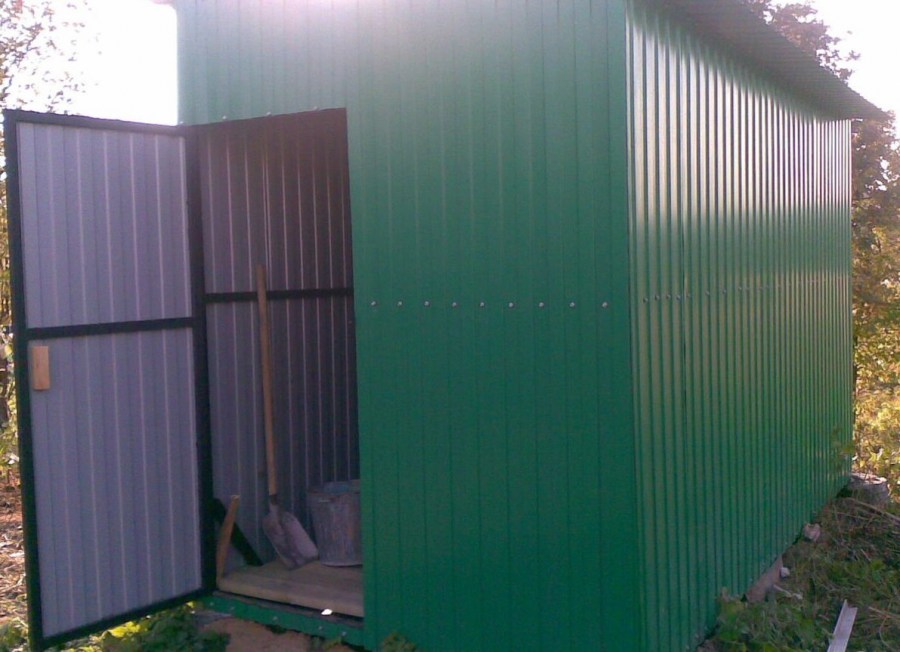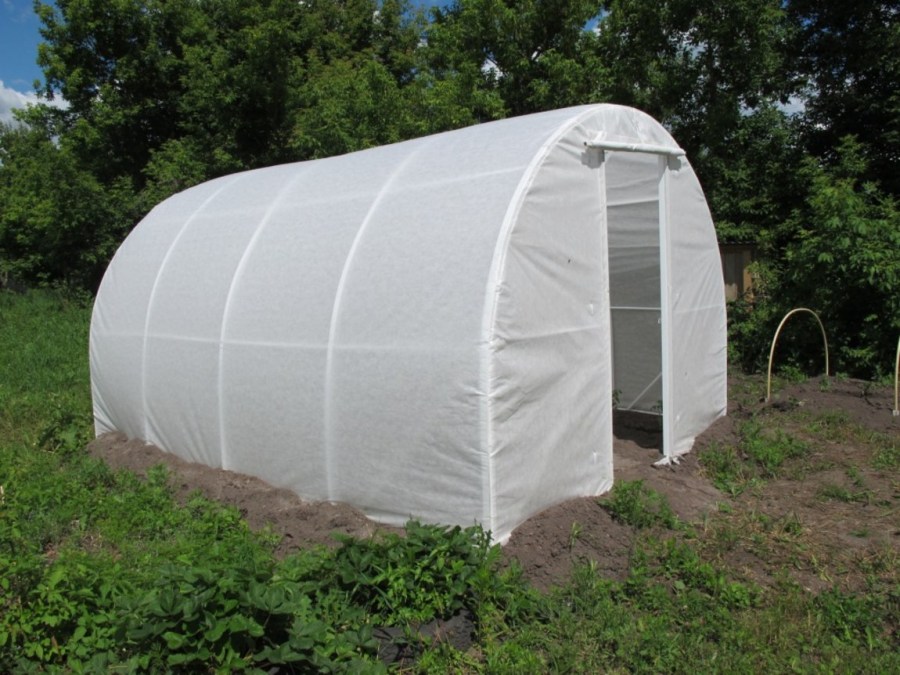Winter greenhouse - 120 photos of the best DIY projects for construction
In the modern period of abundance on the shelves of vegetables, greens and fruits, greenhouses do not lose their relevance. No in-store purchases can replace fresh, hand-grown produce. Therefore, it will not hinder anyone to have this useful structure in their household.
Such a structure as a greenhouse or greenhouse can be divided into two main subspecies. Some of them are placed for the winter, others in the autumn period must be cleaned. Subtypes are distinguished by functional design, construction complexity and purpose. To choose the option that suits you, carefully study the photo of the winter greenhouse.
Winter subspecies of greenhouses will allow you to enjoy fresh products throughout all four seasons of the year or to receive income from its sale. Diverse shapes and sizes allow you to choose the most optimal solution. The erection of a greenhouse with your own hands will allow you to have no doubt in the quality of materials and work in general.
Characteristic features of a winter greenhouse
For the construction of winter greenhouses, in comparison with the summer, greater strength and reliability are required. Particularly important is such a part of the greenhouse as the foundation, as well as the heating system. Important elements that should be given special attention:
- shine;
- temperature;
- ventilation;
- water.
Dimensions of the structure are selected based on the number of plants that are planned to be planted. Materials must be sufficiently strong and reliable, resistant to low temperatures and precipitation. The configuration should allow to equip the building with insulation.
Greenhouse Modifications
Types of winter greenhouses can be distinguished depending on the material, cost, size, design and so on. So, the materials presented on the modern construction market allow you to make various modifications that differ in strength, lightness and price. Or, for example, the type of planted plants determines the design of the structure.
According to the shape of the construction, one can distinguish:
- single-slope, as a rule, make an embankment from the ground;
- gable types of greenhouses, consist of capital walls and a glass roof;
- polycarbonate in the form of arches.
How to choose the right type
First you need to calculate the area that the greenhouse (or greenhouses) will occupy. This will determine its size as a whole.
To determine the occupied area, the functional purpose of the structure should be taken into account. Here the role will be played by the choice of plants - the nuances of effective cultivation, the necessary free space, lighting, watering, etc. In addition to plants in greenhouses, you can plant mycelium, and this already requires completely different conditions.
It is important to correctly determine the location of the greenhouse, as the height above ground level affects the establishment of the microclimate.
So, deepening into the earth will create an analogy for a thermos, elevation above the earth, respectively, will provide the opposite effect. You can also position the building inside any building, for example, in a garage.
Architectural solutions, which can become the embodiment of the most creative ideas and ideas, also represent a wide selection.
You can make the desired structure yourself or with the help of specialists. Also, some shops offer for sale and ready-made building options.
Material protects against low temperatures
When developing a drawing of a greenhouse, it is necessary to take into account the raw materials that will be used as a material for the skin.The specificity of such buildings for the winter period requires special reliability of materials, as well as tightness. For these purposes, it is best to choose wood or metal as the material.
These two options are quite optimal, they will provide durability and structural strength of greenhouses. It is difficult to choose any of them, since both of them have their drawbacks and advantages.
Thus, the metal structure is characterized by high strength and reliability. However, the negative point will be the complexity of the processing and construction of the structure. Wood material in this regard is much simpler and more convenient.
Also, the sun does not affect the tree, that is, the wooden greenhouse will not heat up. The wooden structure creates the best microclimate, but requires careful treatment with an antiseptic or its analogues.
The material for the racks must also be durable. It is worth making more and their thickness. This is an important aspect, since it is the racks that ensure the stability of the structure during heavy rainfall.
Sheathing the frame can also be with different materials: film, glass, polycarbonate.
The first option is best not to apply to the greenhouse completely, since the film is not very reliable. It is better to wrap it in several layers to increase strength and create a more positive effect.
It is also not recommended to use glass in the construction of the greenhouse due to the fragility of the material. Also, the glass coating will weigh a lot and it will be extremely inconvenient to work with it.
The third option is the most optimal. Polycarbonate greenhouses are optimal. Using cellular polycarbonate does not require much effort, it transmits light well and weighs a little.
Where better to place
It is important to position the winter greenhouse correctly. In this case, 3 aspects will be of primary importance.
At first. Lighting - in winter, the amount of sunlight should be maximum. This can be achieved by placing the building in length in the direction of sunrise.
Secondly. It is necessary to take into account the strength and frequency of gusts of wind. If a strong wind often blows, additional protection will be required (for example, a hedge). Otherwise, you will have to do more to maintain the desired temperature.
Thirdly. The location should be chosen with the greatest convenience. It is better to arrange the building so that it is possible to easily and easily get to the entrance to it.
Temperature mode
The main component of such buildings for the winter period is represented by a heating system. Conducting it is quite difficult and difficult. It may require the knowledge and skills of professionals.
It is important to make the optimal choice of the type of heating system. This will determine the temperature regime of the building and ensure the efficient use of the greenhouse with heating.
In order to heat the building in winter, you can use:
The light of the sun is the cheapest. However, it is too problematic in the winter season, because weak radiation alone will not be able to maintain the desired temperature.Therefore, an additional heater is required.
A bio-heater that generates heat due to the decomposition of biological substances. As such a substance, manure is usually used. The method is not efficient enough and requires a combination with an alternative heat source.
Electric heater. The most popular and affordable. It is usually presented in the form of convectors, heaters, infrared emitters, cables, pumps and so on.
The supply of warm air - requires the installation of a special unit at the beginning of work on the construction.
Gas air heater - warms the air through combustion, requires good ventilation.
Stove - can be heated with gas, coal or wood. Allows you to heat the entire area. However, it can heat the walls. That is, when choosing this option, plants need not be planted close to the walls.
The list is not exhaustive; there are other heating options.
Construction sequence
There is no universal sequence for building a greenhouse, as in each case it is determined by many factors. Usually, the foundation for the winter greenhouse is first erected (if necessary), the frame, then sheathed.
The most important stage is the lining. Before her, you need to make accurate measurements. Also, do not forget about the heating system and ventilation.
Photo of a winter greenhouse
Flowerbeds made of bricks: 115 photos of ideas for decorating flowerbeds with bricks
Sauna from a bar - 120 photos of the best ideas: projects, drawings, instructions, materials
Decorative border: features of the installation of an important design element (70 photos)
Flowerbed of bottles - 130 photos of creating an original flowerbed with your own hands
Join the discussion:




















